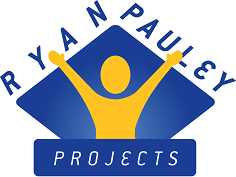Content for speeches used to be scarce – a fact that may be difficult understand for those who didn’t experience a pre-digital world. Today, a student looking for speech content is assailed with abundance. This often results in ‘speeches’ that are really data dumps consisting of all their Google-generated content squeezed into the allocated time. This always results in boring speeches. As Voltaire said, “The secret of being a bore is to tell everything.”
The Challenge of Audience Analysis
For over three decades we have been espousing the importance of audience analysis – largely unsuccessfully. Our theory is that because the audiences students are asked to speak to are generally their peers, they are able to skip this step. This disadvantages students because it compromises their confidence in their speech. They think it will be boring – and nobody wants to bore their peers. Combine this with adolescent self-doubt and performance anxiety and you have a toxic mix.
Why Audience Analysis is More Important than Ever
Audience analysis is the tool that a speaker uses to curate an abundance of information into relevant content for their speech. This way they can have confidence that their presentation will be interesting to their audience.
Will AI be the Answer?
Just asking AI to write your speech will result in a generic piece of unreliable prose that will be almost impossible for a student to deliver effectively. However, using it positively will save a student time and result in content that they can have confidence in. It all comes down to the right prompts – and the first prompt allows a student to do audience analysis easier than ever before. Every student’s first prompt should start one of two ways:
- You are a member of an audience of (here insert a description of your audience). What are five points you would be interested in on the subject of (name your topic).
- You are a speechwriter. Write a speech for an audience of (here insert a description of your audience). On the subject of (name your topic) what are five points you would include.
A smart student would use both prompts to generate a list of ideas from which they will select. Having AI generate more content than they will use means the student must make selections (or ask for more suggestions). This way they have ownership of the content. So, finally, students may actually use audience analysis to create presentations that will engage their audiences and delight their teachers.
For a persuasive presentation, this process is even more important. Our Teaching the Persuasive Oral Teacher’s Kits provide some excellent audience analysis tools for students.

Recent Comments